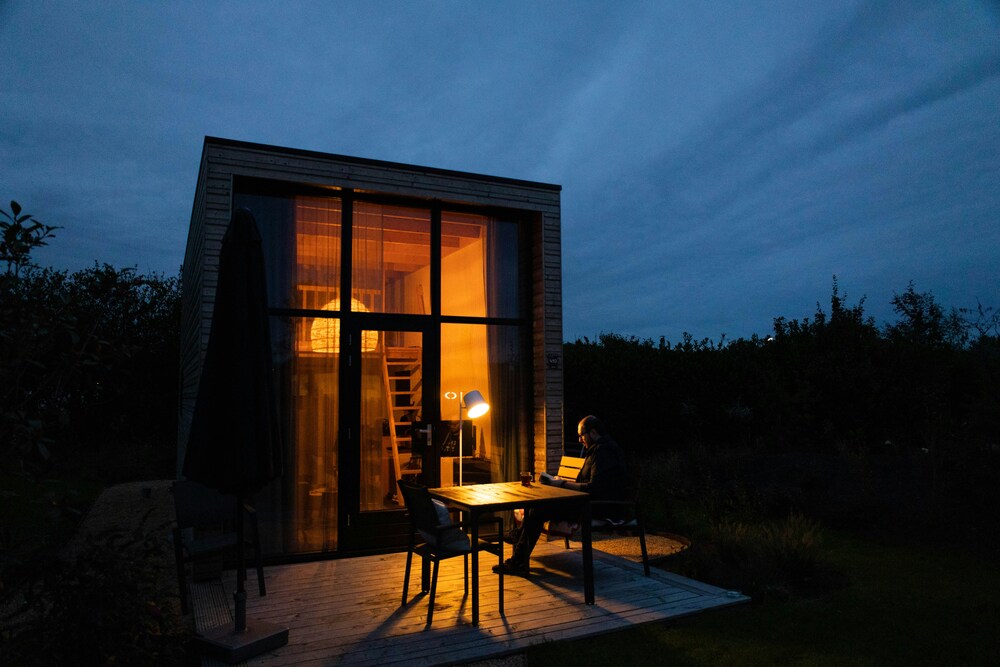Creating a minimalist architectural plan is an art that merges simplicity with functionality, emphasizing open spaces, natural light, and uncluttered structures. This approach not only reflects a minimalist lifestyle but also focuses on sustainability and efficiency. Whether you’re an architect, a designer, or a homeowner looking to adopt minimalism in your next project, the following steps can guide you through the process of creating a minimalist architectural plan.
Embrace Simplicity in Design
Begin by embracing simplicity as your core design principle. Minimalist architecture is characterized by simple, geometric forms and clean lines. Avoid unnecessary details that do not serve a specific purpose. The idea is to create spaces that are uncomplicated and serene. Use a restrained material palette and color scheme to enhance the sense of calm and cohesion throughout the space.
Prioritize Function and Efficiency
Every element in a minimalist design should serve a purpose. Start with a clear understanding of the functional requirements of your space. Consider how each room will be used and plan accordingly, minimizing wasted space. Incorporate multi-functional features and furniture that can adapt to various needs, increasing the efficiency of your design.
Optimize Natural Light
Maximizing natural light is a cornerstone of minimalist architecture. Plan your spaces in a way that allows for ample natural light to penetrate the interiors. Large windows, skylights, and strategically placed mirrors can help achieve this, creating bright, airy spaces that feel more open and connected to the outdoors.

Open Up the Space
Open floor plans are a hallmark of minimalist design. They foster a sense of freedom and fluidity, allowing for a more versatile use of space. Consider how you can eliminate unnecessary walls and barriers to create an open, flowing layout. This not only enhances the visual appeal of your space but also improves social interaction and mobility within it.
Incorporate Natural Materials
Using natural materials can add warmth and texture to a minimalist design, preventing it from feeling too stark or cold. Materials like wood, stone, and concrete can be used in their most natural form, showcasing their inherent beauty and texture. This approach also promotes sustainability and a connection to the natural world.
Focus on Quality Over Quantity
In minimalist architecture, less is more. This philosophy extends to the choice of materials and finishes. Opt for high-quality materials that are durable and timeless. Investing in quality over quantity ensures that your design remains relevant and sustainable over time, reducing the need for frequent renovations or updates.
Plan for Plenty of Storage
To maintain a clutter-free environment, ample storage is crucial. Plan for integrated storage solutions that blend seamlessly with the rest of the design. Hidden cabinets, built-in shelves, and multi-purpose furniture can provide the necessary storage while keeping the space neat and tidy.
Create Visual Harmony
Achieving visual harmony is key in minimalist design. This can be accomplished through symmetry, repetition, and alignment of elements. The consistent use of colors, materials, and textures throughout the space can also help create a cohesive look and feel.
Creating a minimalist architectural plan requires a thoughtful approach that balances aesthetics with functionality. By focusing on simplicity, efficiency, and quality, you can design spaces that are not only beautiful but also sustainable and conducive to a minimalist lifestyle. Remember, the goal of minimalist architecture is not just to reduce clutter but to enhance the quality of life for those who inhabit the space.

To further delve into the art of minimalist design and its profound impact on both architecture and interior design, consider exploring our comprehensive ebook, Guide to Architecture and Interior Design by ArquiGraphi. This meticulously curated resource is an indispensable tool for interior designers, architects, and enthusiasts eager to master the principles of minimalism. From practical tips on creating minimalist spaces that resonate with elegance and simplicity, to in-depth analyses on how minimalism can be integrated into various architectural styles, our ebook offers a wealth of knowledge. Enhance your designs with insights into optimizing natural light, selecting materials that embody both sustainability and style, and techniques for creating harmonious and functional living spaces. Guide to Architecture and Interior Design is your gateway to excelling in minimalist design, ensuring that your projects not only meet but surpass the expectations of the modern inhabitant. Embrace this opportunity to elevate your design practice and leave a lasting mark on the world of architecture and interior design.
- and small minimalist house plans
- architectural design for minimalist homes
- Architectural Plan
- Architectural Plan Design
- Architectural Plan Generate
- create minimalist floor plans
- Creating Architectural Plan
- How to Create Plans
- how to design minimalist architecture
- Minimalist architectural design
- minimalist architecture inspiration
- minimalist architecture tips
- minimalist home design ideas
- minimalist interior architecture
- minimalist layout design
- modern minimalist house plans
- Residential Planning
- Residential Space Planning
- simple architectural plans















Leave a comment